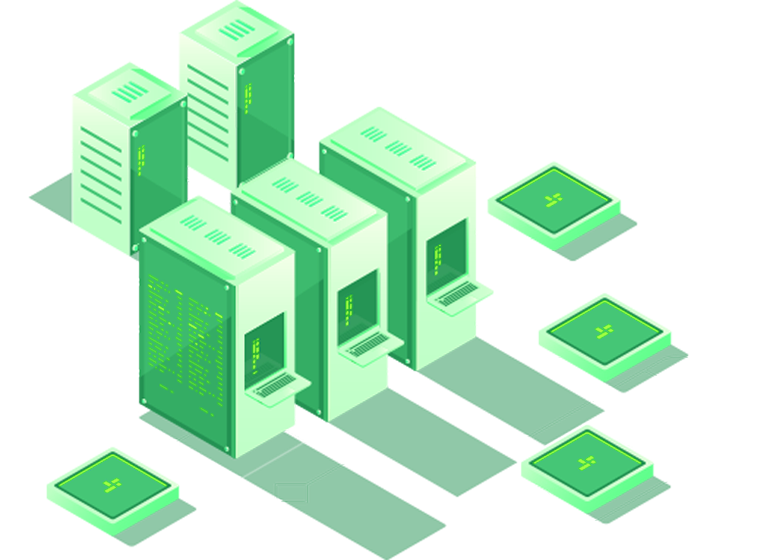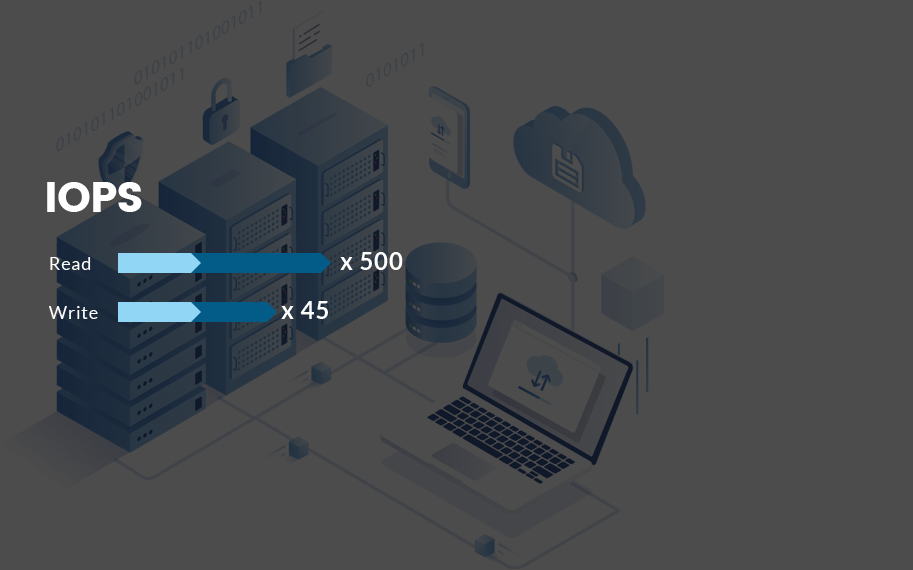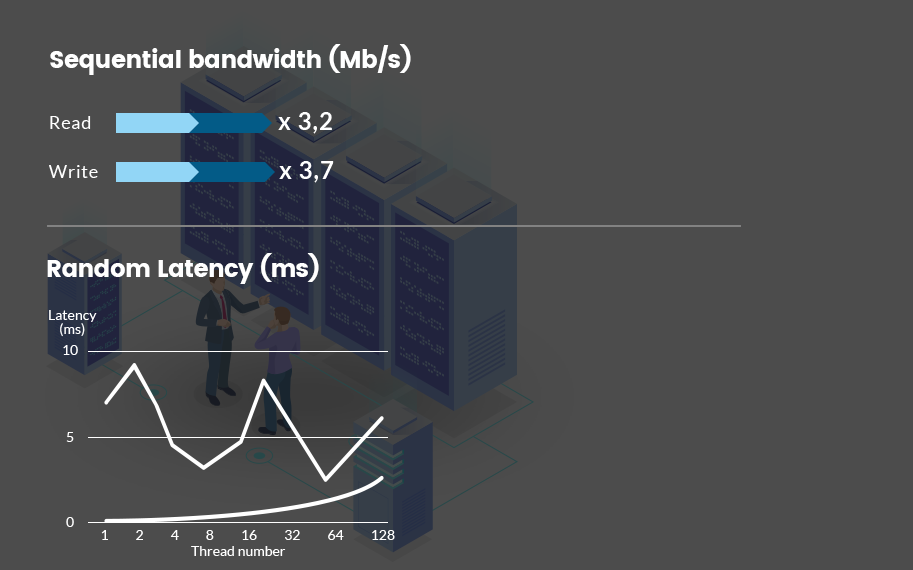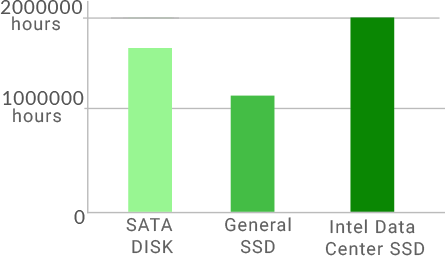Technologies and features
A solid state drive is a storage device that uses solid state memory to store data. The principle behind solid state drives is that there should be no moving parts: no spinning platters, no moving heads. Data is split into word length pieces and stored in memory. It is then accessed almost instantaneously using unique system-wide addresses.
Solid state disks use either NAND flash or SDRAM (non-volatile and volatile storage respectively). NAND flash is so-called because of the NAND-gate technology it uses and is common in USB flash drives and many types of memory card. NAND flash based drives are persistent and can therefore effectively mimic a hard disk drive.
Synchronous dynamic random access memory (SDRAM) is volatile and requires a separate power source if it is to operate independently from a computer.
Because the information on solid state drives can be accessed immediately (technically at the speed of light) there is no latency experience when data is transferred. Because there is no relationship between spatial locality and retrieval speed, there is no degradation of performance when data is fragmented.



 *number of input/output operations per second (IOPS) on a HDD: up to 100 IOPS. On an SSD DC S3K: up to 75,000 IOPS for read.
*number of input/output operations per second (IOPS) on a HDD: up to 100 IOPS. On an SSD DC S3K: up to 75,000 IOPS for read.





